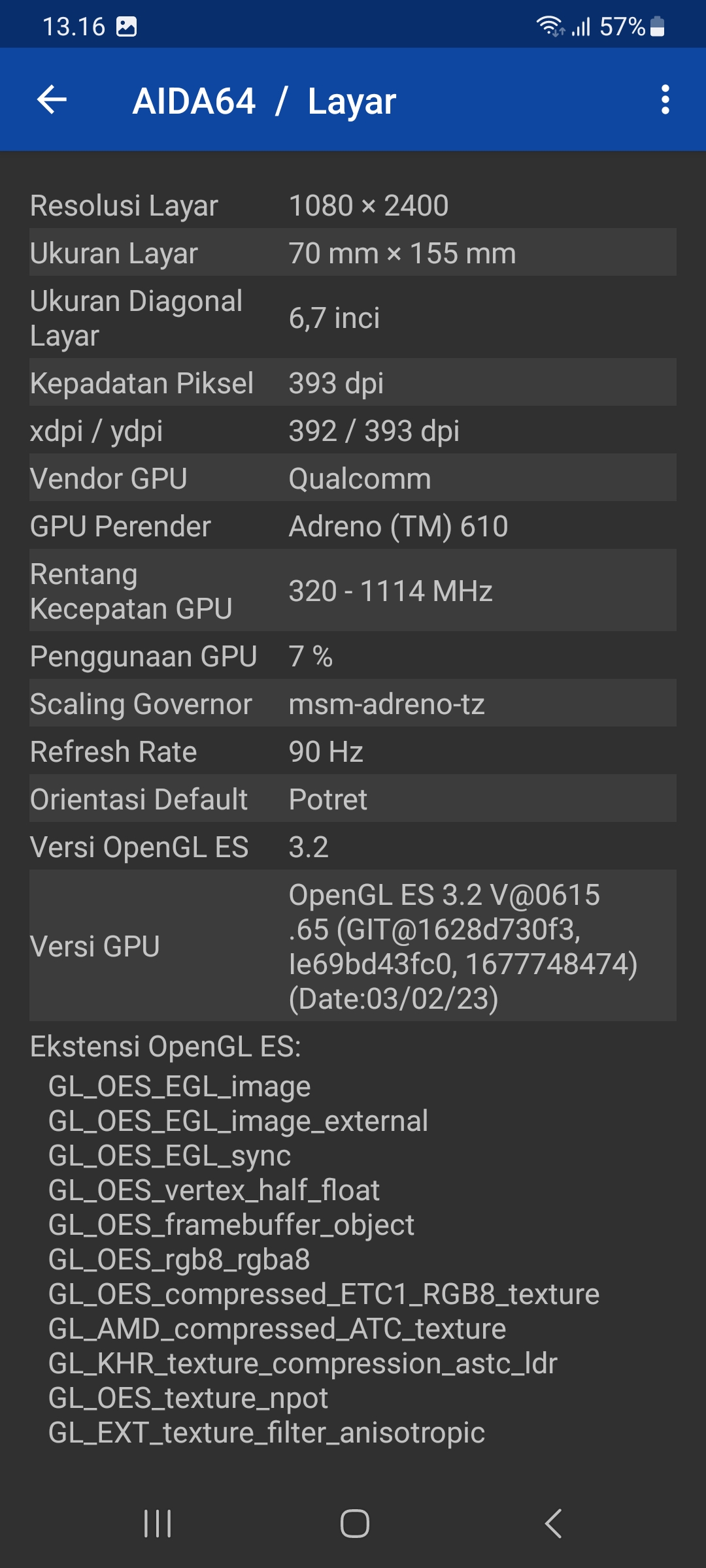Comparing: Intel UHD Graphics 750 vs Qualcomm Adreno 610
In this comparison, we analyze two Videocards: Intel UHD Graphics 750 and Qualcomm Adreno 610, using synthetic benchmark tests to evaluate their overall performance. This side-by-side comparison helps users understand which hardware delivers better value, speed, and efficiency based on standardized testing. Whether you're building a new system or upgrading an existing one, this benchmark-driven evaluation offers valuable insights to guide your decision.

Intel UHD Graphics 750
| Type: | Videocards |
|---|---|
| Brand: | Intel |
| Model: | UHD Graphics 750 |
Specification Comparison Table
This specification comparison presents technical details of several devices or components to help you understand the key differences between each option. Use this table as a reference to determine which device best suits your needs.
| Specification | Intel UHD Graphics 750 | Qualcomm Adreno 610 |
|---|---|---|
| Architecture | Rocket Lake | Adreno 600 |
| Codename | Rocket Lake GT1 | - |
| Buswidth | SHARED | - |
| Clock | 350 MHz - 1300 MHz | 1.1 GHz - - |
| Memory Clock | SHARED | SHARED |
| Technology | 14 nm | 11 nm |
| Interface | IGP | IGP |
| Technology | 14 nm | 11 nm |
| Segment | Desktop | Mobile |
Submission Comparison Table
This submission comparison table displays the number and details of benchmark data submissions from various devices or components. This information helps you understand the performance based on the benchmarks that have been tested, as well as providing an overview of the consistency and popularity of the available benchmark results.
Submission Comparison Chart
This chart visualizes the benchmark scores comparison between two hardware devices based on submitted data.
Media Gallery
A collection of photos of tested hardware. These images can help you identify the physical form, model, and variant of the hardware in question. These photos are from our own documentation, and if they are not available we may not be able to document them.
About Hardware Intel UHD Graphics 750
Intel UHD Graphics 750 is an integrated GPU used in the 11th generation Intel Core processors (Rocket Lake), including models such as the Core i5-11400 and Core i7-11700. It has 32 Execution Units (EUs) and runs at frequencies up to 1.3 GHz, offering competitive graphics performance in the iGPU (integrated GPU) class. Designed to handle daily graphics tasks, the UHD Graphics 750 is a significant upgrade from its predecessor, the UHD 630, especially in terms of media efficiency and modern codec support.
With support for DirectX 12, OpenGL 4.6, and Vulkan 1.2, the Intel UHD 750 can run multimedia applications, 2D graphics, and light games in a stable manner. Hardware acceleration features for HEVC (H.265), VP9, and AV1 codecs are also present, enabling high-resolution video playback (up to 4K) with lower power consumption. In addition, HDR support makes this GPU suitable for entertainment needs such as video streaming, light video editing, and high-quality visual displays on modern monitors.
This GPU is integrated in systems like the Dell OptiPlex 5090 that use an Intel Core i7-11700 processor, 32GB of RAM, and Windows 10 operating system. In this configuration, the UHD Graphics 750 is able to handle most everyday visual computing needs without the need for a discrete GPU. The graphics performance is sufficient enough to open multiple browser tabs with multimedia content, run productivity applications such as Microsoft Office, Zoom, and even some light e-sport games.
Hardware Detail:
Device: Dell OptiPlex 5090
CPU: i7-11700
RAM: 32GB
OS: Windows 10
Tuesday, 13 June 2023 12:07:50 | Update: 1 month ago
About Hardware Qualcomm Adreno 610
Qualcomm Adreno 610 is a mid-range integrated GPU designed to provide an efficient graphics experience on a wide range of Android devices. The GPU is part of Qualcomm's 6th generation graphics architecture family and is commonly found on chipsets such as Snapdragon 665 and Snapdragon 680, which are widely used in mid-range smartphones. With full support for modern graphics APIs such as OpenGL ES 3.2, Vulkan 1.1, and DirectX 12, Adreno 610 offers good compatibility with the latest Android games and apps, ensuring users can enjoy visual content smoothly and responsively.
In terms of graphics performance, Adreno 610 is designed to support gaming experiences up to Full HD 1080p resolution, providing stable frame rates in light to medium games. While graphics-heavy games may require adjustments to low or medium settings, the Adreno 610 is still capable of running most popular titles quite well. Benchmark testing using a Samsung Galaxy A05s device sporting a Snapdragon 680, 6GB RAM, and 128GB UFS storage showed a score of 40,326 points in AnTuTu v10 GPU and 51,397 points in AnTuTu v9 GPU, illustrating decent graphics performance in its class.
In addition, the score of 348 points on Geekbench 6 Compute reflects the GPU's capability in handling light graphics computing and AI tasks such as image processing, augmented reality (AR), and UI optimization. In the 3DMark Sling Shot Extreme benchmark, the Adreno 610 registered 1,484 points, showing solid performance in OpenGL ES 3.1-based graphics processing. The GPU also supports hardware-based video decoding for efficient codecs such as HEVC (H.265) and VP9, allowing users to enjoy high-quality video with low power consumption - ideal for streaming or watching long videos.
With a balance between power efficiency, support for the latest graphics technology, and performance that is capable enough for daily needs, Qualcomm Adreno 610 is the perfect GPU solution for mid-range smartphones that prioritize battery life, casual gaming experience, and smooth multimedia. For users looking for stable performance without sacrificing energy efficiency, Adreno 610 is still a relevant and competitive choice this year.
Device Test:
Device: Samsung A05s
Device Specs: Snapdragon 680, 6GB RAM, 128GB UFS, Android 13.
Room Temperature: 30 celcius based on DHT11 Sensors
* Testing was carried out when the device was in new condition, with the latest operating system update, One UI 5.1, default settings
Thursday, 11 January 2024 23:34:40 | Update: 1 month ago



